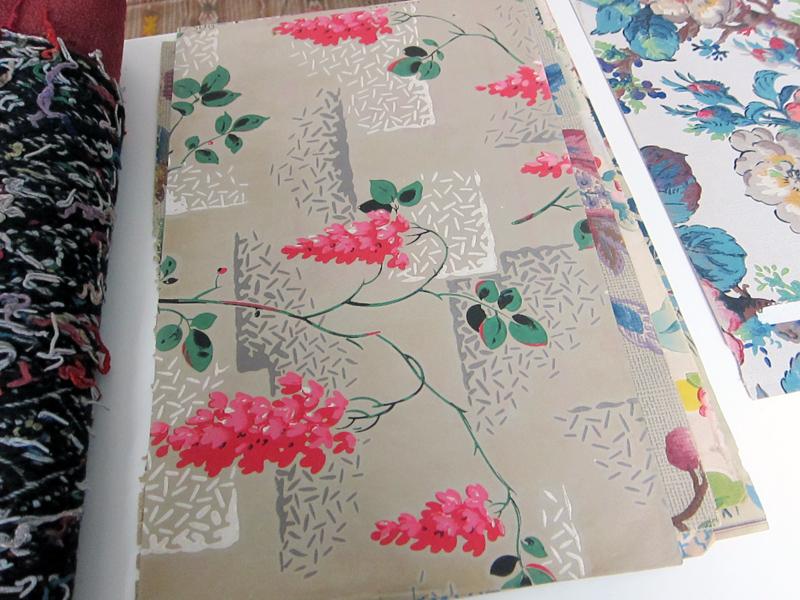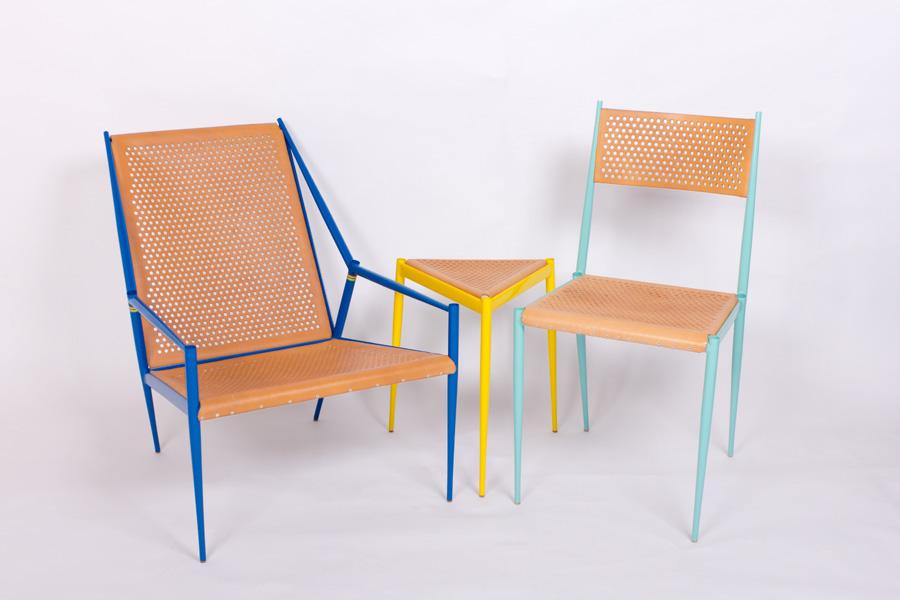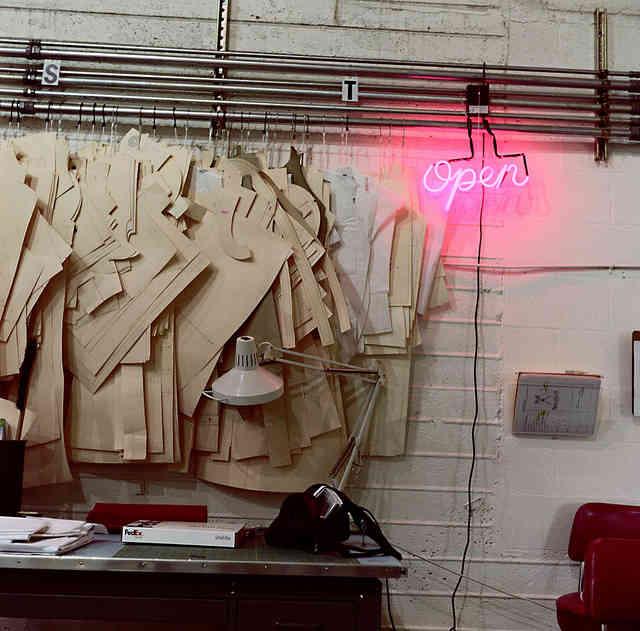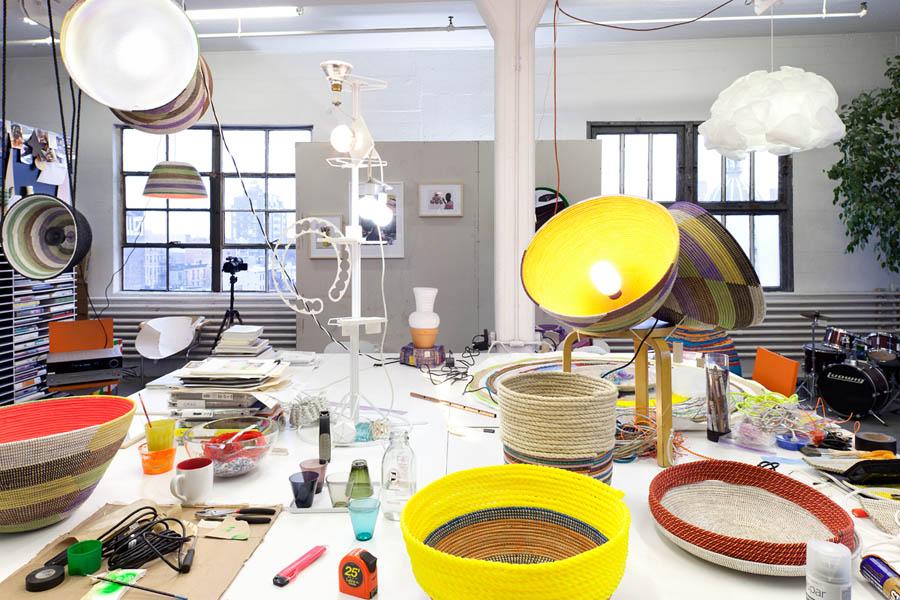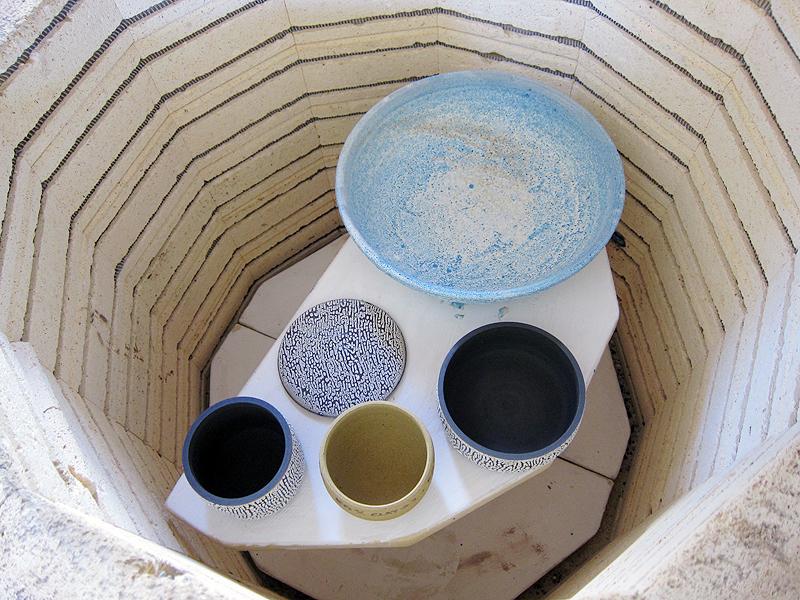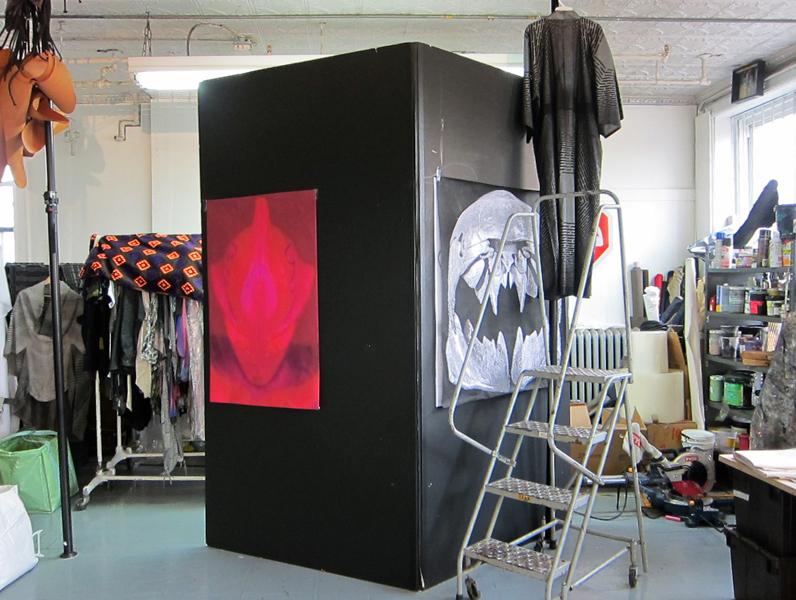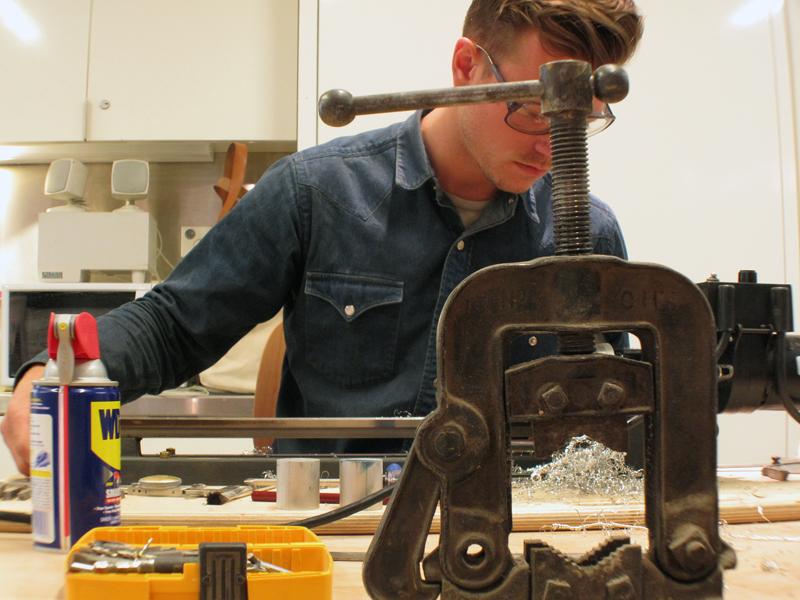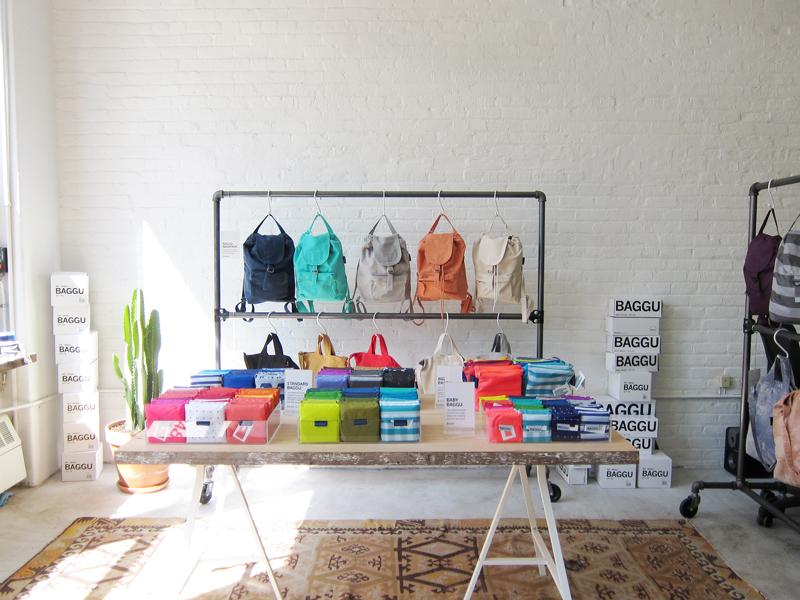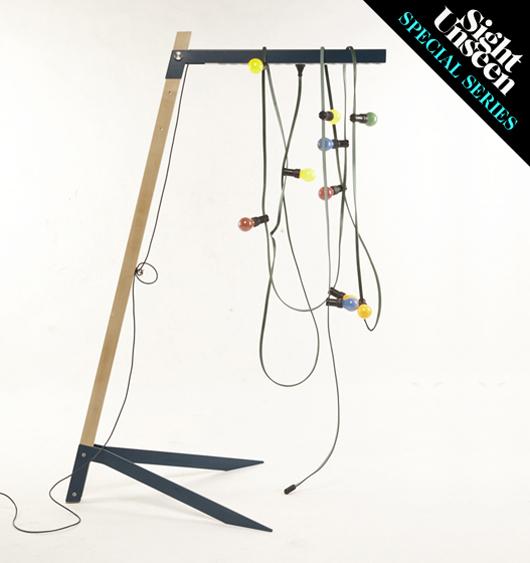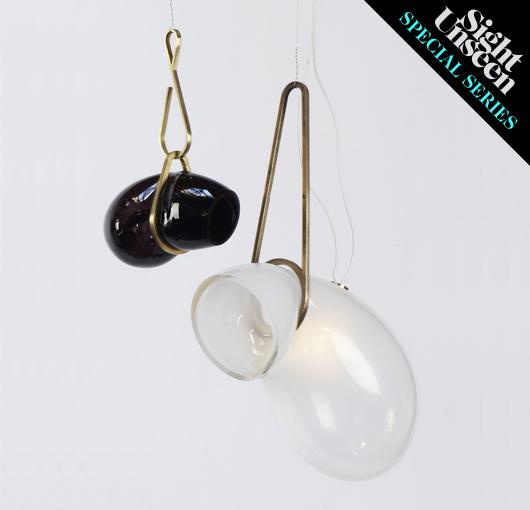
07.08.11
Excerpt: Book
Usefulness in Small Things
Yesterday on Sight Unseen, we featured a London design couple whose work seems to flourish under the very weight of their creative differences. Today, we turn our attentions to a London design couple whose outlooks are so similar, and whose work so beautifully streamlined, that it can often be difficult to tell where the mind of one ends and the other begins. We’ve been fans of the work of Industrial Facility’s Kim Colin and Sam Hecht since the very earliest days of our design journalism, but while the book they released earlier this year doesn’t include a single image from that output, it speaks volumes about the way the two begin to design together. Usefulness in Small Things: Items from the Under a Fiver Collection brings together the couple’s collection of mass-produced, locally sourced, everyday objects that Hecht has been amassing for nearly 20 years — cheese knives from Japan, plastering tools from Greece, vomit bags from the UK, wine bottle sponges from France, and the like, all chosen for low cost — under five pounds — and for their ability to tell Hecht when he traveled something about where he was. “Each of the objects I found appealed to me for a specific reason: the ability to address and identify a small and localized need, even when some were hopelessly flawed in their execution,” he writes in the introduction.
